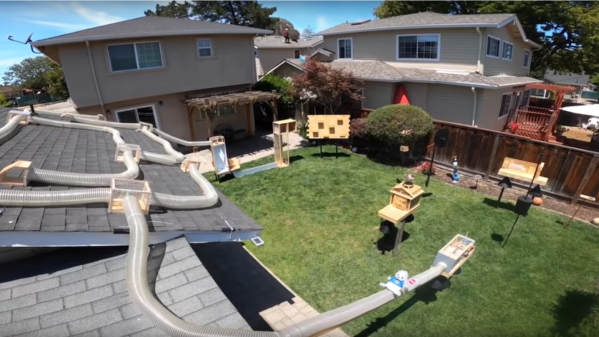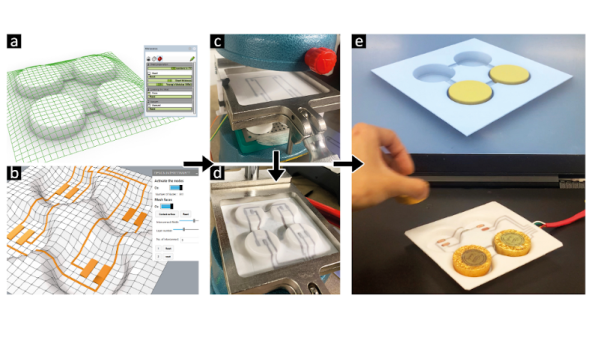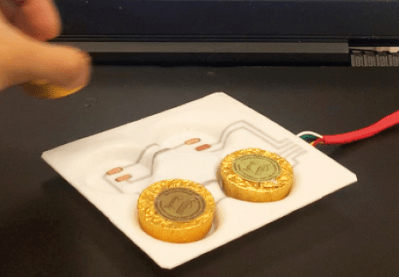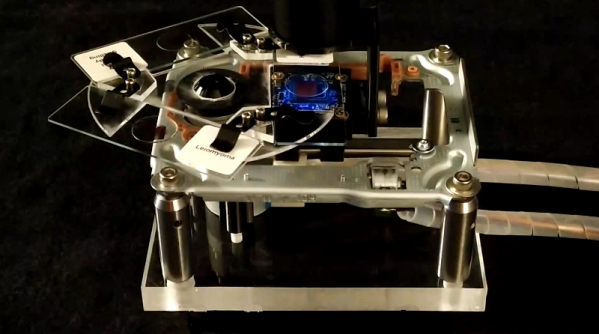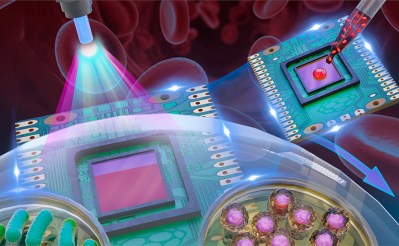[Mark Rober] has a bird feeder in his back yard. Also, squirrels who eat the seed. So, as one does, he built a nine part squirrel obstacle course with a reward of walnuts at the end, and filmed them beating the course.
(Spoiler – this is all much better in the video, which we’ve placed below the break).
His four backyard squirrels enter a ‘Casino’ and avoid the plushie ‘security’. From there it’s across a rod mounted on bearings, leap into a crate under a helicopter, which zip-lines to a brick wall with randomly moving bricks, and into their hideout.

The hideout elevator shaft leads to a sewer, which leads to the famous room from Mission Impossible where [Tom Cruise] has to avoid the floor, but to get to the hatch in the top they have to lower a ladder by ‘hacking into’ the control system (by pushing a keyboard shaped button) and lowering a rope ladder.
Next they go through a tube maze to a room full of laser beams (3D printer filament) and finally they can jump onto the platform with Fort Knutz. If they get the vault door open, they’re rewarded with a shower of walnuts.
Continue reading “Fort Knutz – Squirrels Go All Mission Impossible”

